Weather woes as market slows
By Darcy Ingram
15th June, 2022
As The Australian Bureau of Agricultural Resource Economics and Sciences (ABARES) recently released its June report, tipping Australia to produce its fourth largest winter crop on record at 50.9 million tonnes. 23.4 million hectares are expected to be sown, only slightly behind last year’s figure, with significant moisture and high commodity prices key drivers of the bullish outlook. Wheat and canola are touted to see the biggest increase in area with canola hectares forecast to increase 12pc while wheat will up by 1pc, barley and chickpeas are expected to see a reduction to make way for these changes. The La Nina weather event that was responsible for above average rainfall across the country in recent months has provided an abundance of soil moisture and early confidence that Australia could be in-line for another massive crop. However, as the sowing window starts to close and paddocks fail to dry out in parts of the east coast, concerns are mounting that planting programs won’t be completed in time.
Cropping regions across Queensland and New South Wales have endured relentless rain throughout Autumn hindering the end to the summer crop harvest and leaving some paddocks virtually inaccessible for months now. Many areas that have been sown are showing waterlogging issues and growers are facing difficult decisions in how to proceed with their intended planting programs from here. Resowing is underway where possible but if the cold, wet conditions continue then the decision will likely be made for them and hectares are likely to be abandoned in favour of fallowing or summer crops.
In contrast, Victoria and South Australia have experienced a far easier run with planting all but finished across the states. Parts of north-east Victoria experienced some weather related delays but still progressed well while the north-west are enjoying what some have called their best start in years thanks to good sub-soil moisture, a clear planting window and solid follow-up rain events. Conditions were much drier through south-west Victoria and South Australia where growers pushed on with dry sowing as they awaited a since arrived late-break. Crops in Western Australia may be required to fill much of the deficit if Australia is to reach ABARES lofty production forecast. Most of the western state has enjoyed a near-perfect start to the season with ideal rainfall through summer and autumn providing ample moisture along with sufficient sowing opportunity.
Australia’s crop prospects will undoubtedly be cause for much speculation over the coming months. The world is working through an ever-changing and fundamentally tight global grain balance sheet that can ill afford too many significant hiccups. Grain prices have softened in recent weeks and Australian grain values remain at a disparity to global markets. The Australian trade are likely to remain cautious in their bids as they frantically work to execute the significant volume of grain from last year’s record harvest whilst staring down the barrel of another one.
Cash markets shiver along with the growers

As much of the country shivers through a cold blast, one could be mistaken for thinking the weather had somehow managed to take the heat out of cash markets as well.
Read MoreA quieter week at the Chiropractors Clinic
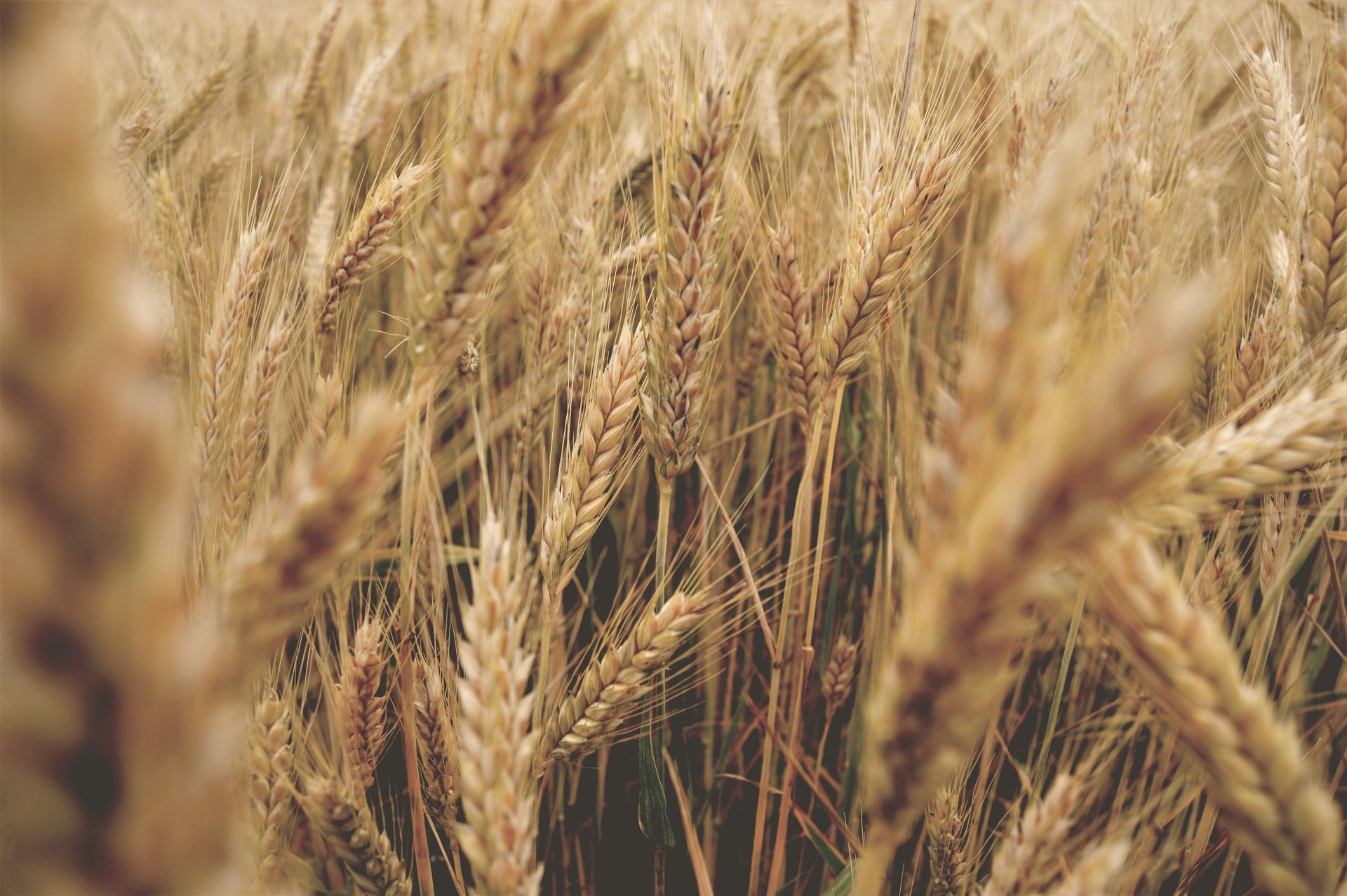
Of late, it would seem, a market-moving event was a daily occurence, with both domestic and international commodity values reacting accordingly.
Read MoreGrains market lifts in face of season’s challenges

International wheat futures have consolidated this week after rallying last week on the back of India’s decision to abruptly ban exports.
Read More
Indian export ban causes import headaches
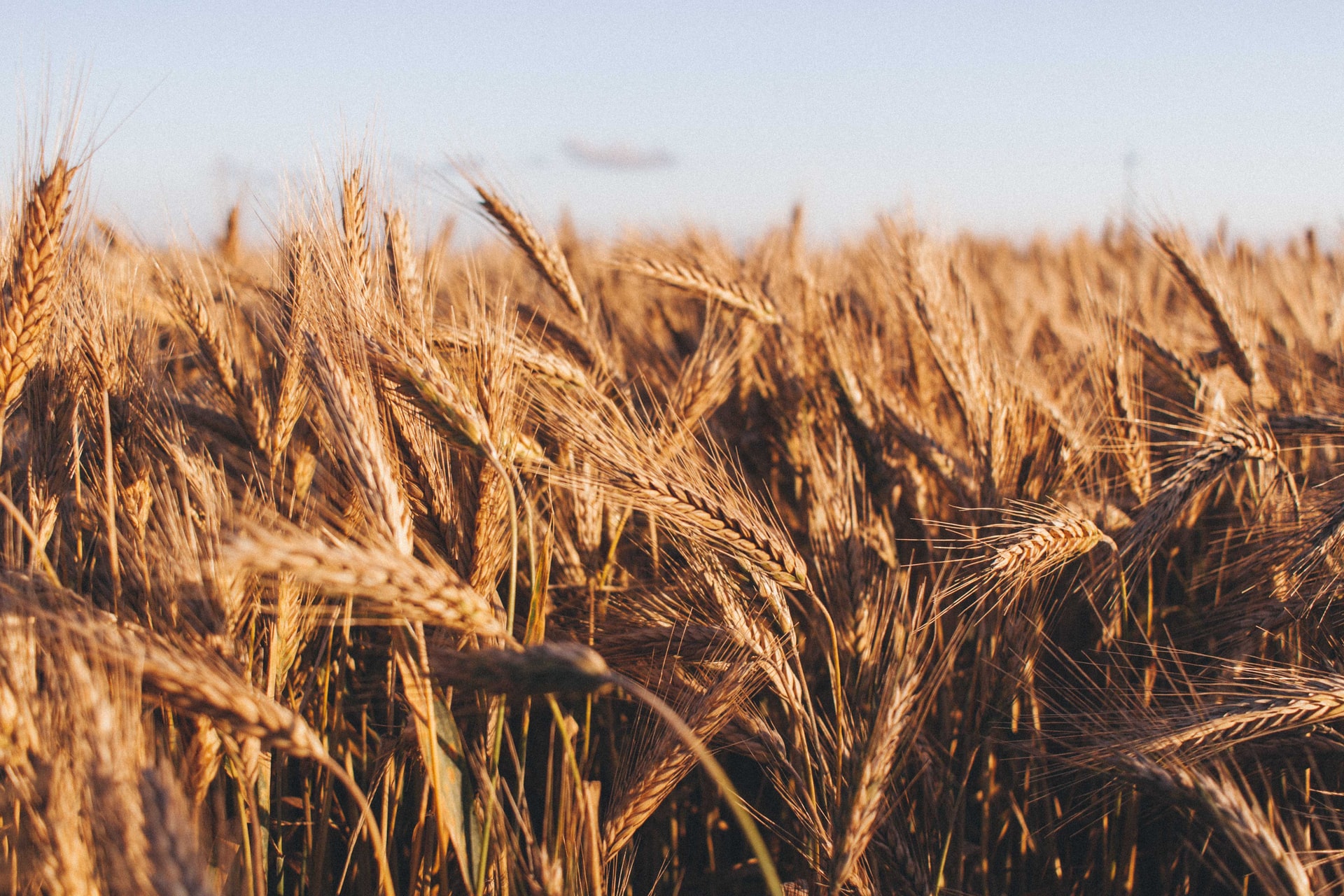
The global market caught a shock late last week when India announced an abrupt ban on its wheat exports on May 14.
Read MoreA logistical nightmare
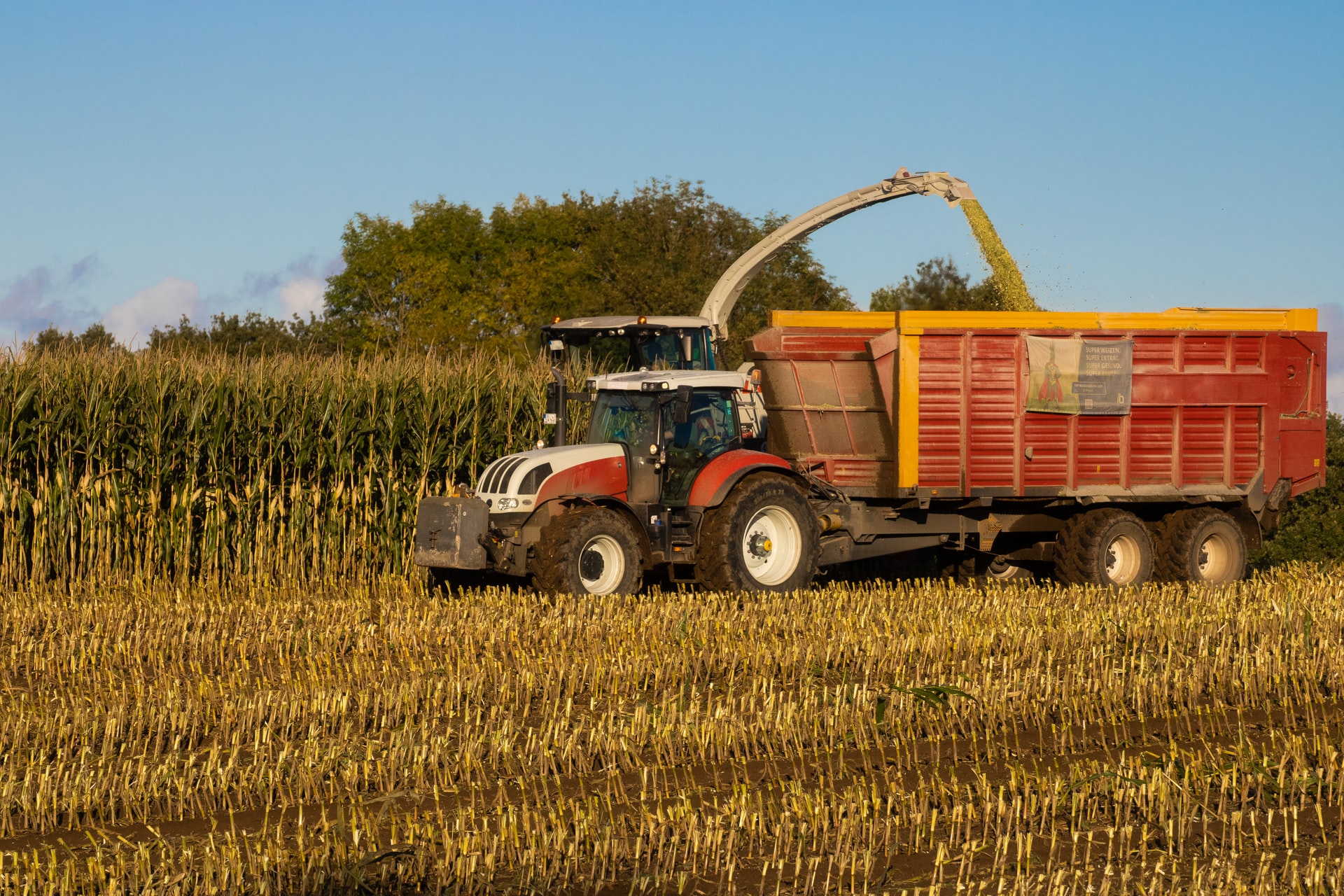
The recent harvest provided a physical and emotional rollercoaster with the highlights of big yields and strong pricing counterbalanced by persistent harvest rains and the subsequent delays and quality issues.
Read MoreOilseed demand lifts acreage
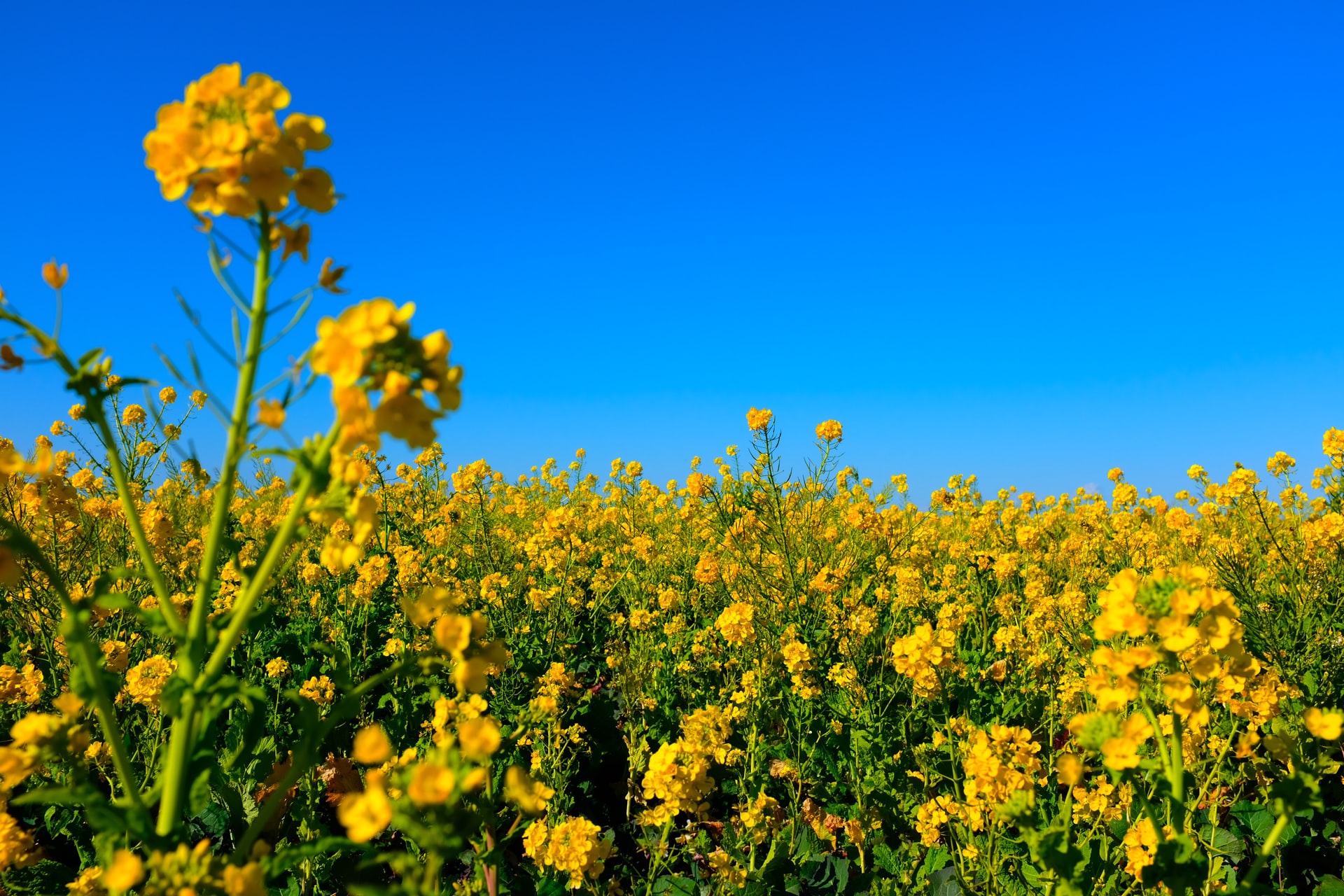
Significant increases to crop input prices hasn't slowed the efforts to plant this year's winter crop as almost the entire east coast has been gifted a well-timed and wide-spread autumn break.
Read MoreOptimal conditions align for winter crop
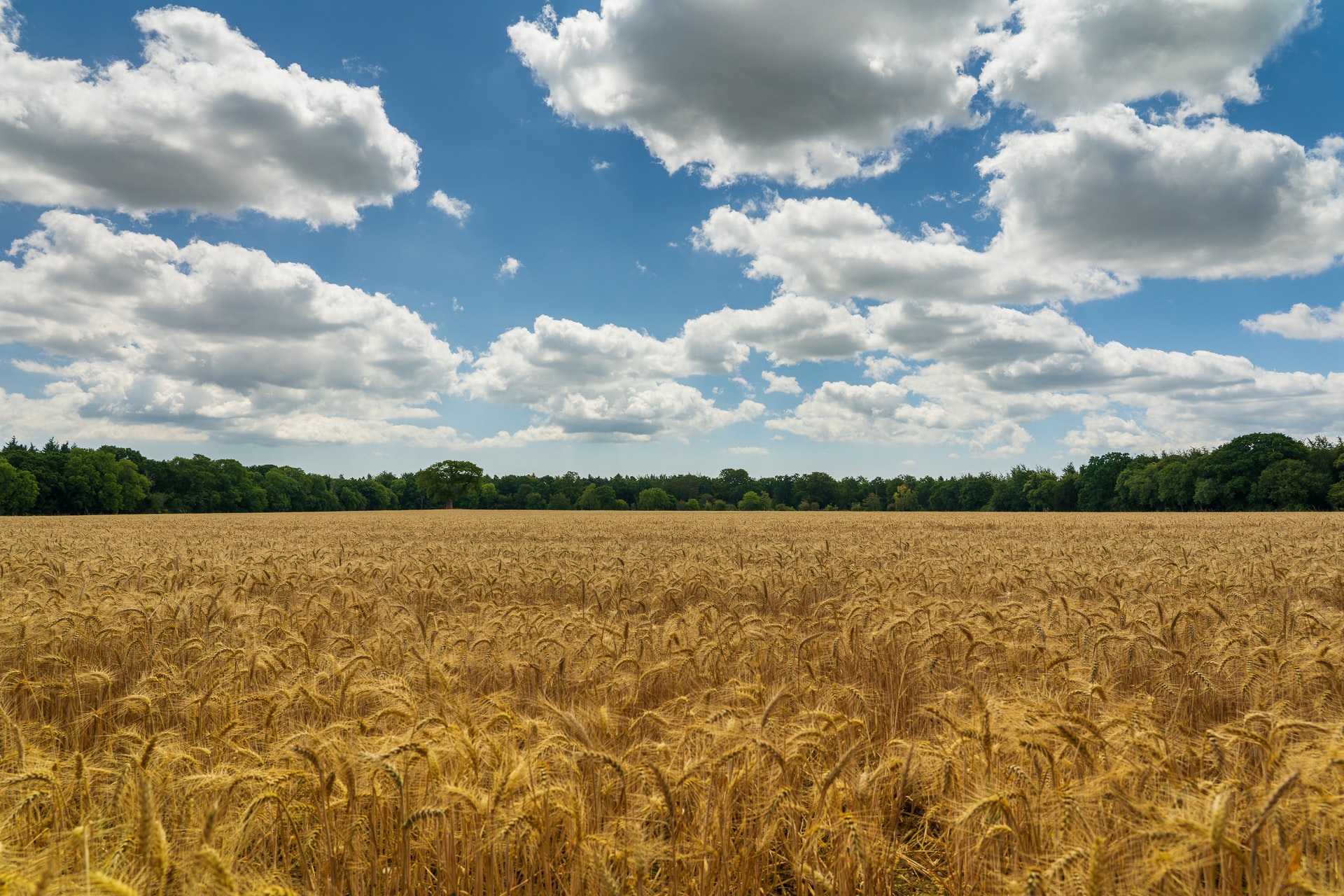
As sowing programs across the country ramp up on what for the most part is a full moisture profile, Australian farmers look primed to capitalize on record prices for their product.
Read MoreWhere to from here

In recent months 'volatile' seems to have been the word of choice to try and describe grain market movements and, given we unfortunately don't appear any closer to a resolution to the crisis in Ukraine, it appears this description is likely to remain popular for some time yet.
Read MoreExisting world grains issues persist

Another week rolls by and another round of inputs into the discussion, more forcibly argued depending on the side of the fence you sit, seller or buyer.
Read MoreWatching for the flashes

Without a meaningful resolution in sight for the crisis in Ukraine, the market continues to trade under the expectation that disruptions to Black Sea grains and oilseeds will be felt for a while yet, increasing the requirement for alternative origins to step up and fill the shortfall.
Read MoreSowing intentions start to emerge
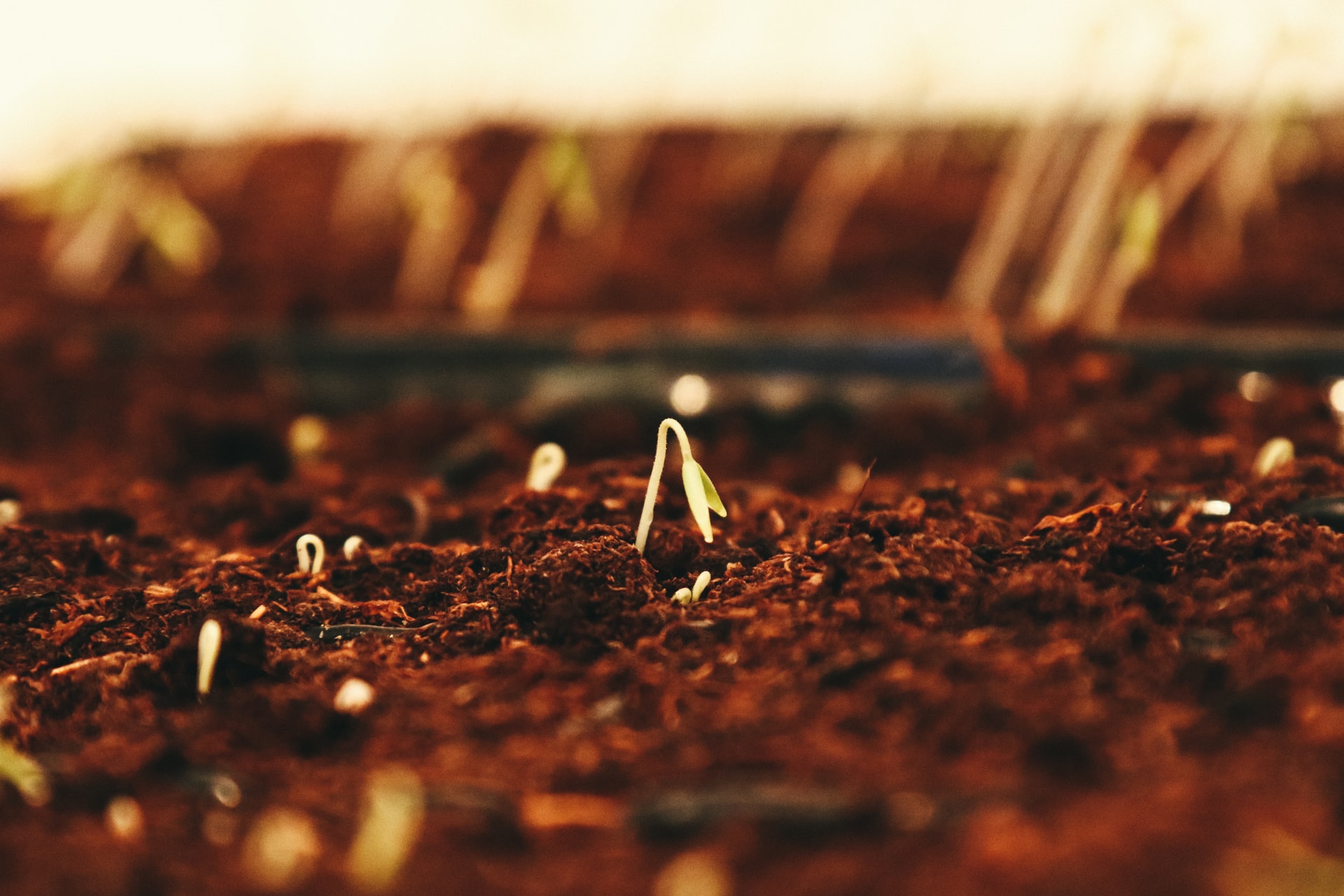
International markets continue to trade erratically on the back of expected supply chain disruptions due to the situation in Ukraine. Whilst we all hope for a swift end to the conflict, it is impossible to predict how things will progress and as such international markets continue to trade volatile ranges on a daily basis.
Read More